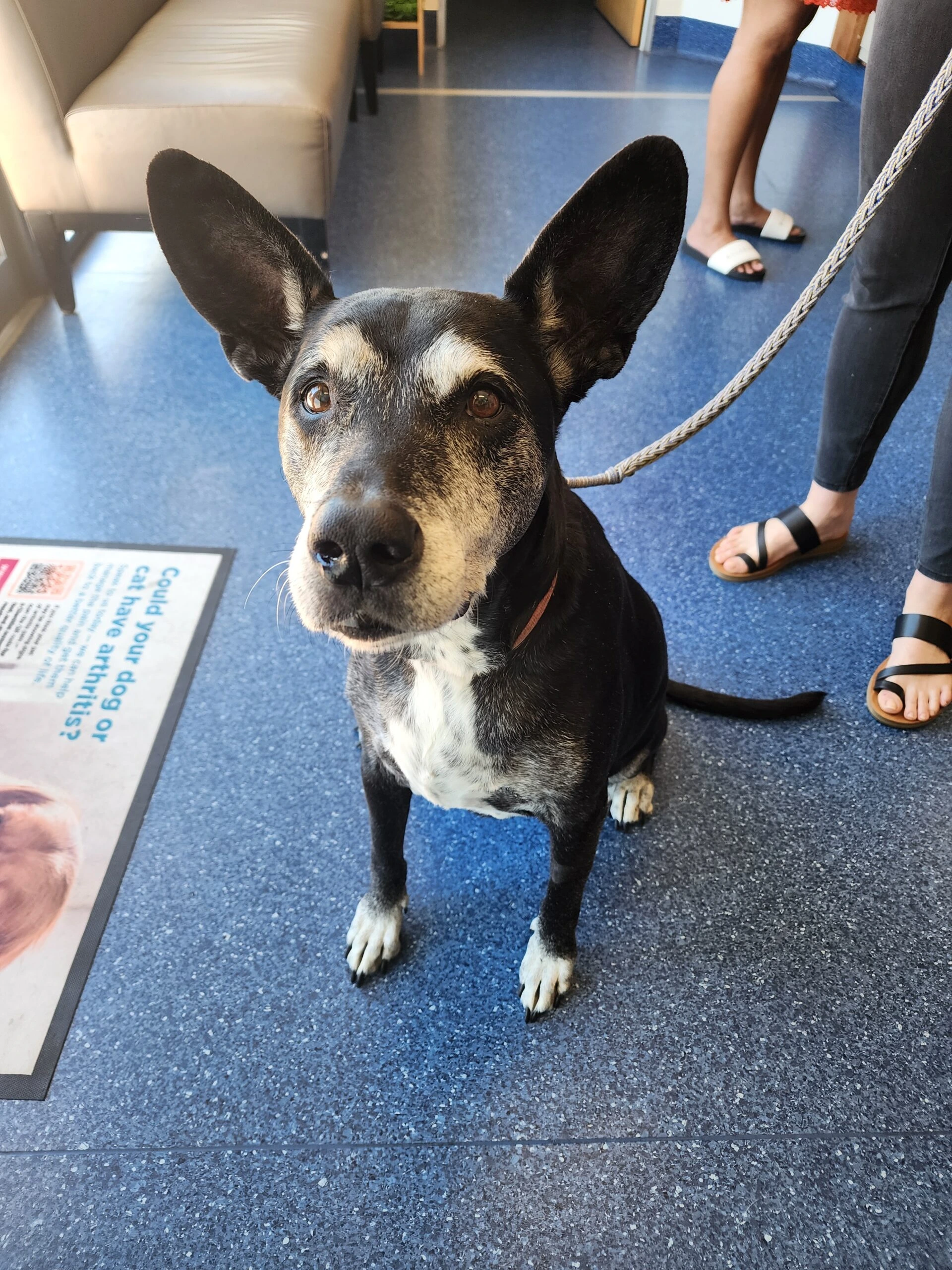There’s nothing better than loading up the car and heading out with the whole family—dog included. But if your pup struggles during car rides, those happy travel moments can quickly turn stressful. Motion sickness affects more dogs than you might expect, and it often goes unnoticed until travel becomes a routine part of life.
According to Zoetis, up to 1 in 4 dogs may experience motion sickness during travel. Some dogs show signs right away. Others start feeling unwell even before the car moves—especially if they’ve had a bad experience in the past.
How to Tell If Your Dog Gets Motion Sick
Motion sickness doesn’t always involve vomiting in the back seat. Dogs can show different signs, and knowing what to watch for makes a big difference. These may include:
- Drooling or lip licking
- Restlessness or whining
- Trying to stay completely still
- Looking uncomfortable or uneasy
- Vomiting during or shortly after a trip
You might also notice your dog acting nervous before the drive even starts. That’s because they remember how it felt last time.
What You Can Do to Help
Motion sickness doesn’t need to be part of your dog’s routine. There’s a once-daily, non-drowsy treatment made specifically for dogs that helps prevent motion sickness—making trips more comfortable for your pet and for you.
If you’re planning a holiday or just want smoother drives to the vet or park, talk to our veterinary team about options that could help.
Let’s Make Travel Enjoyable for Every Member of the Family
If you think your dog might be dealing with motion sickness, speak with our veterinary team. We’re here to support safe, comfortable travel for pets and their people.
Thanks to Zoetis for contributing resources and imagery for this blog post.



